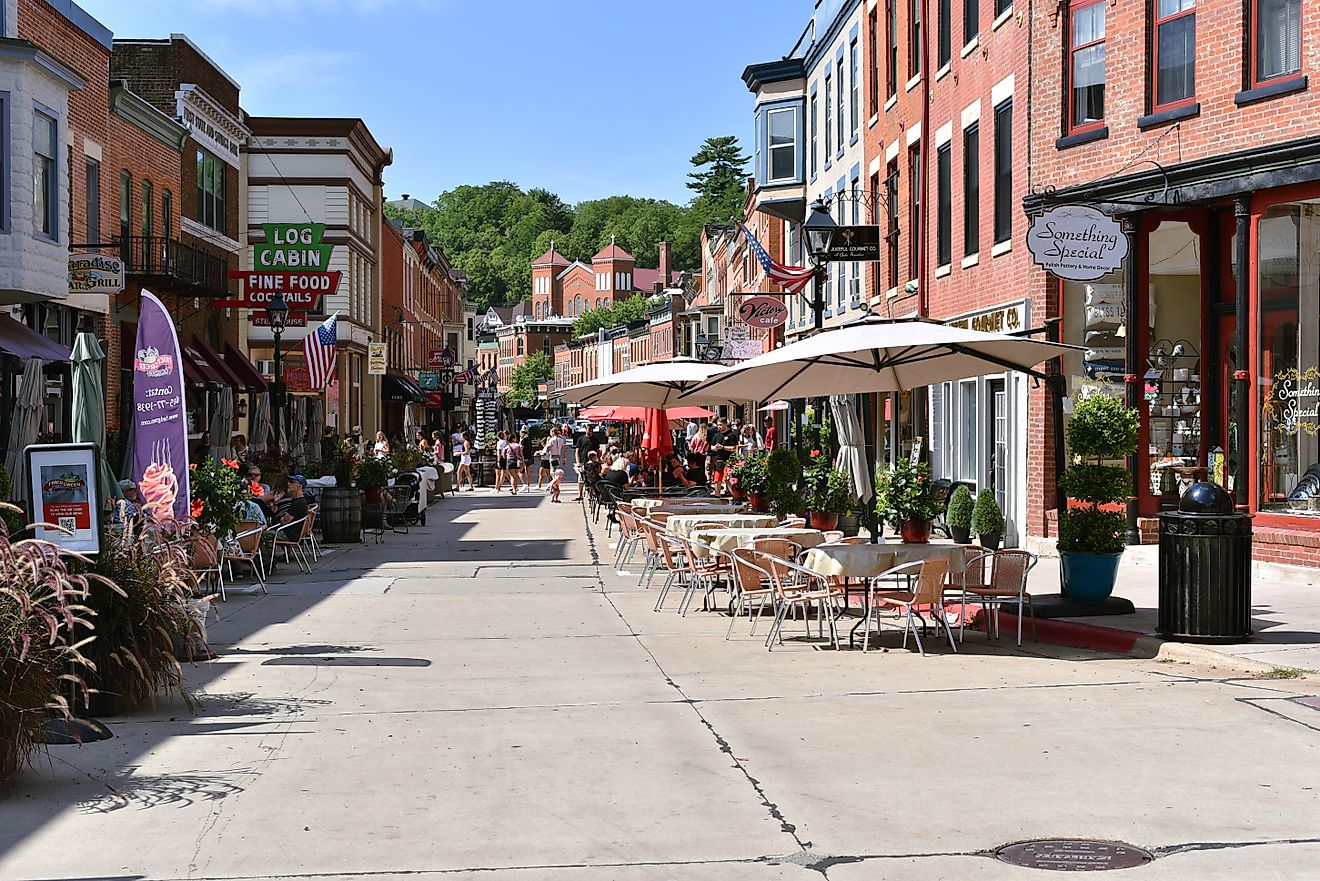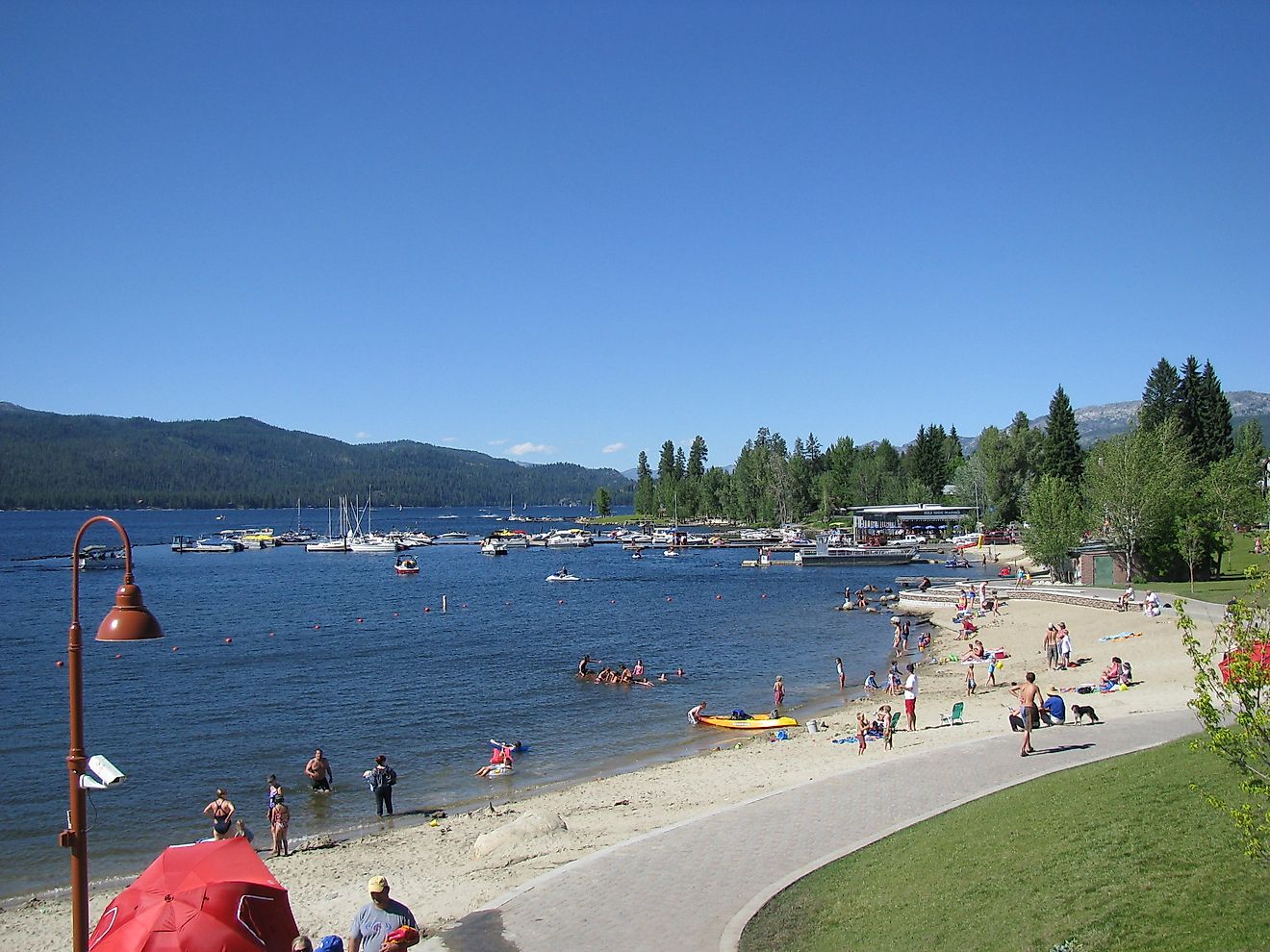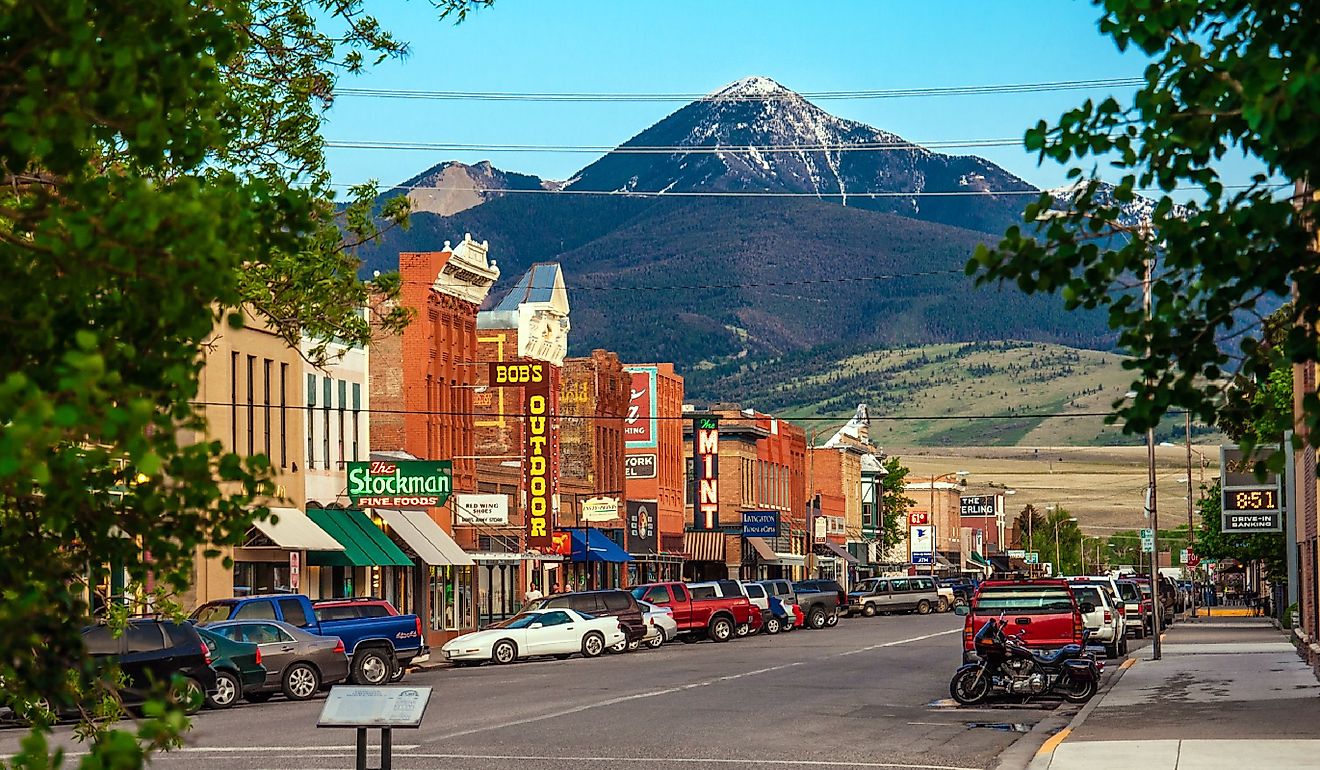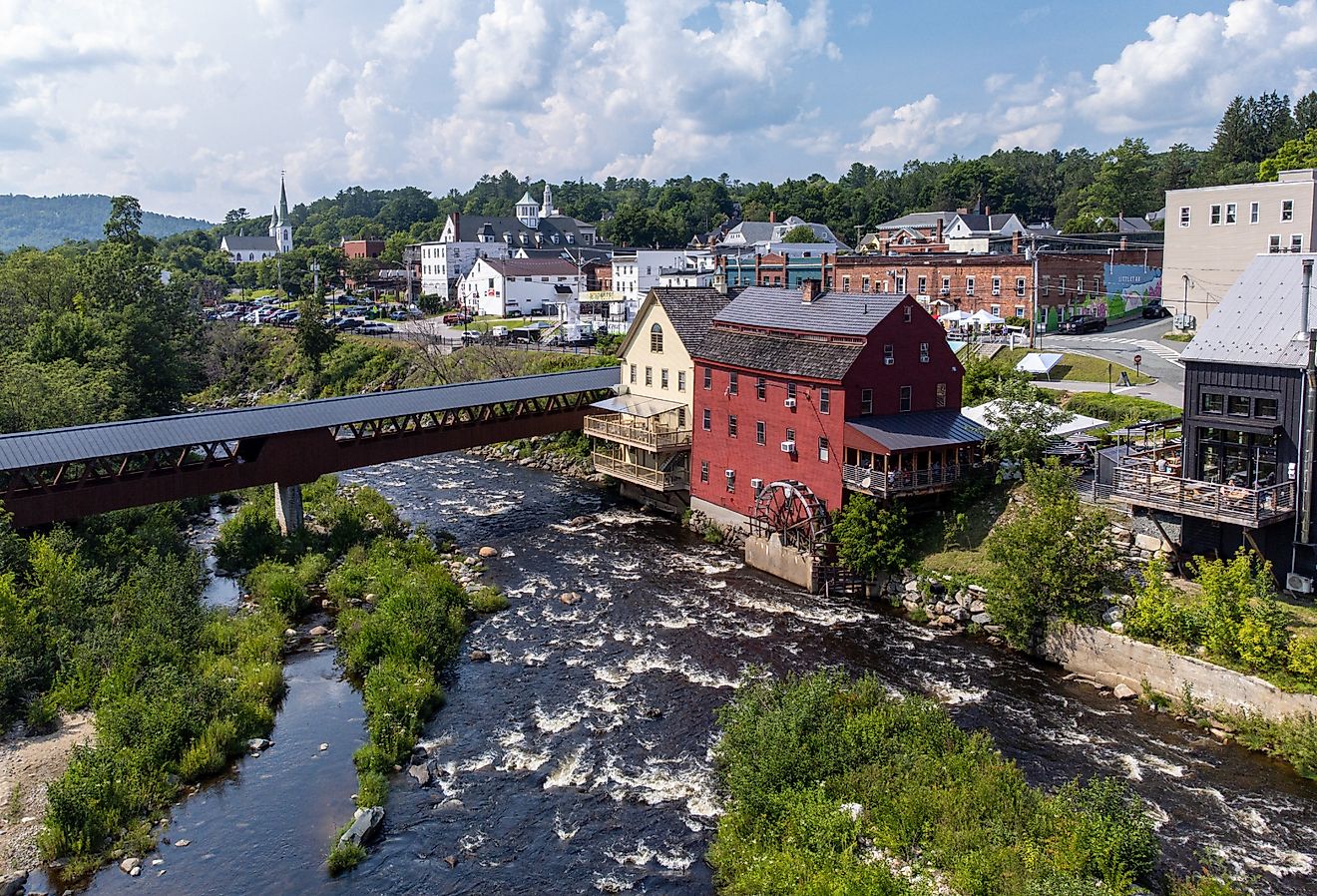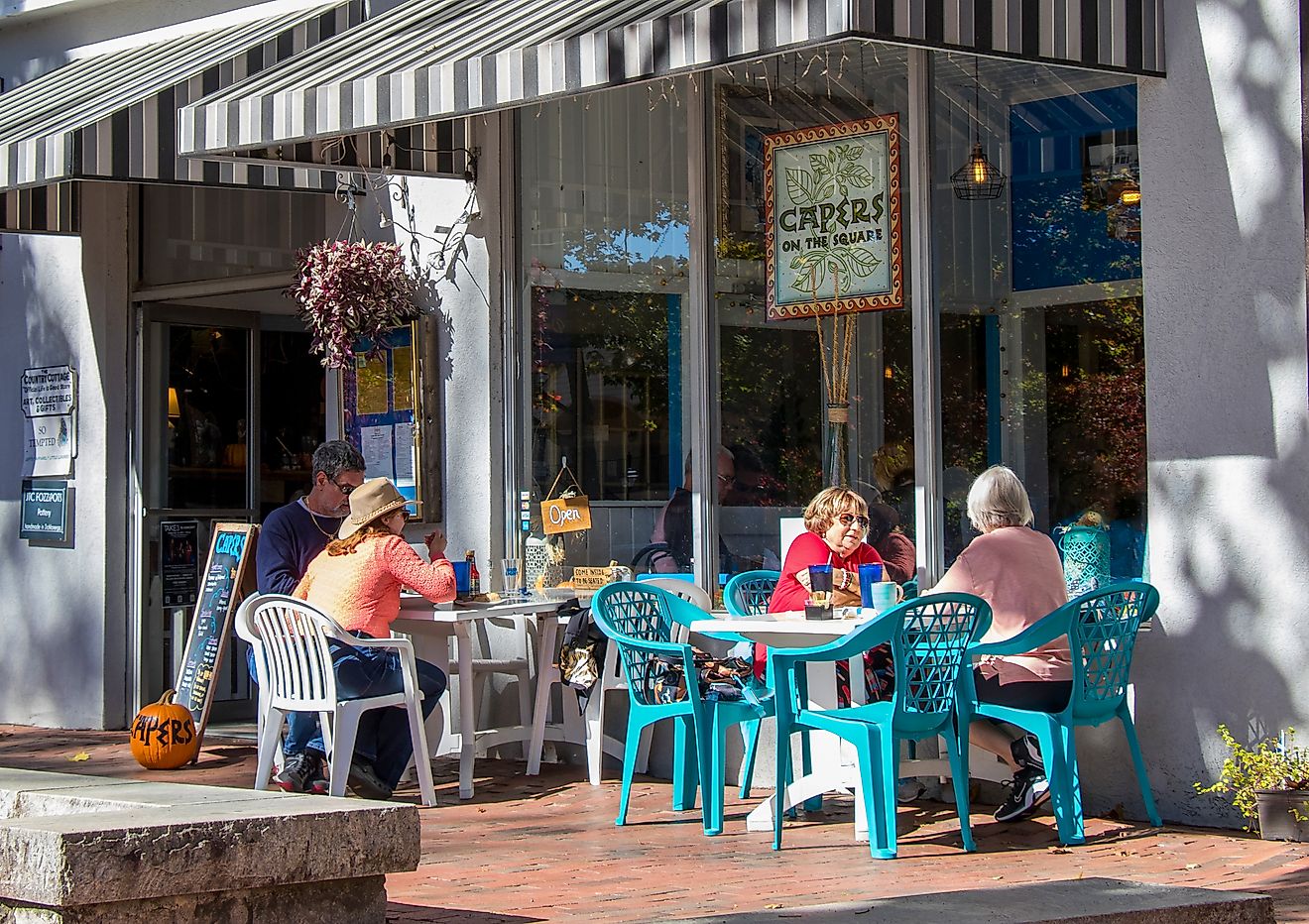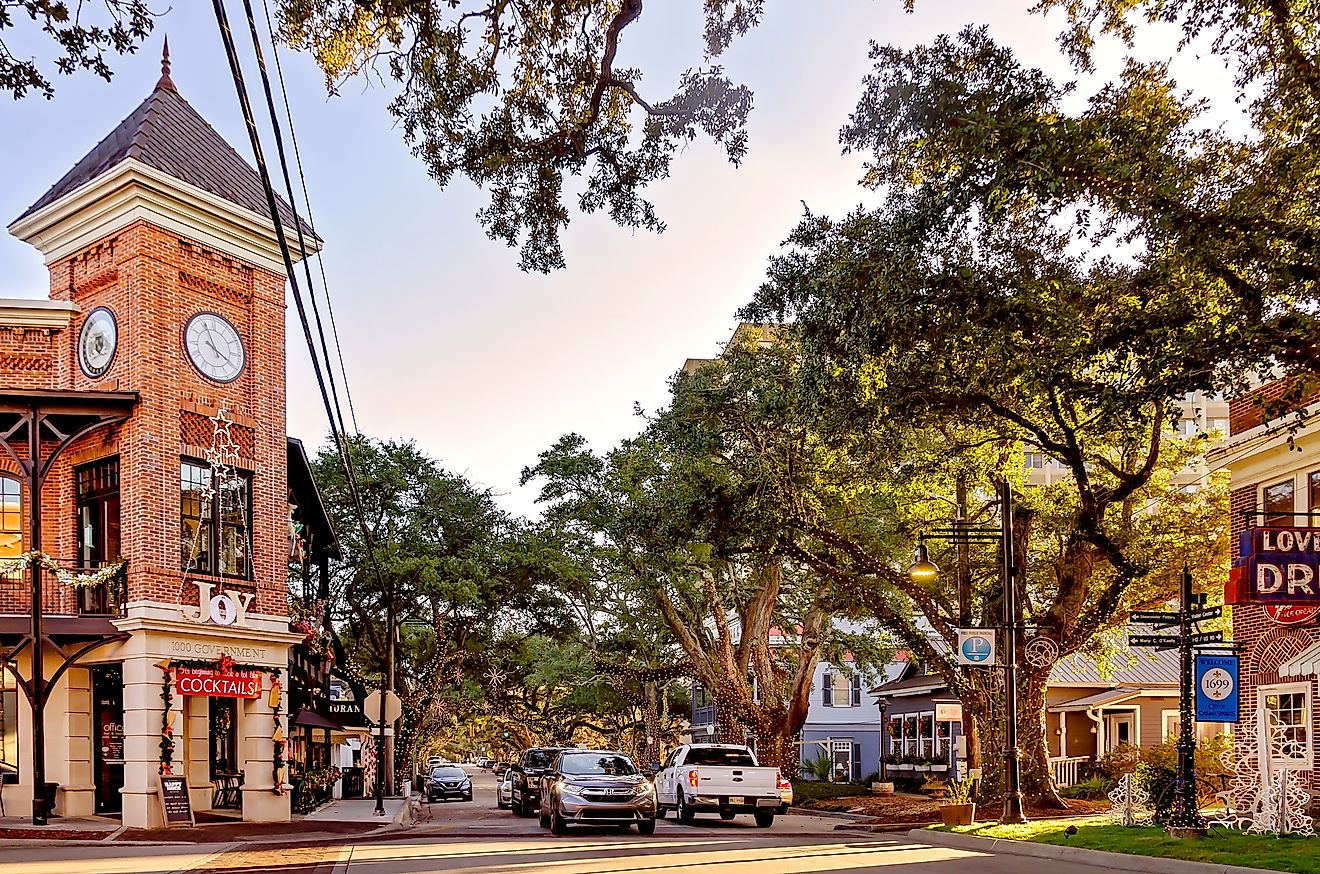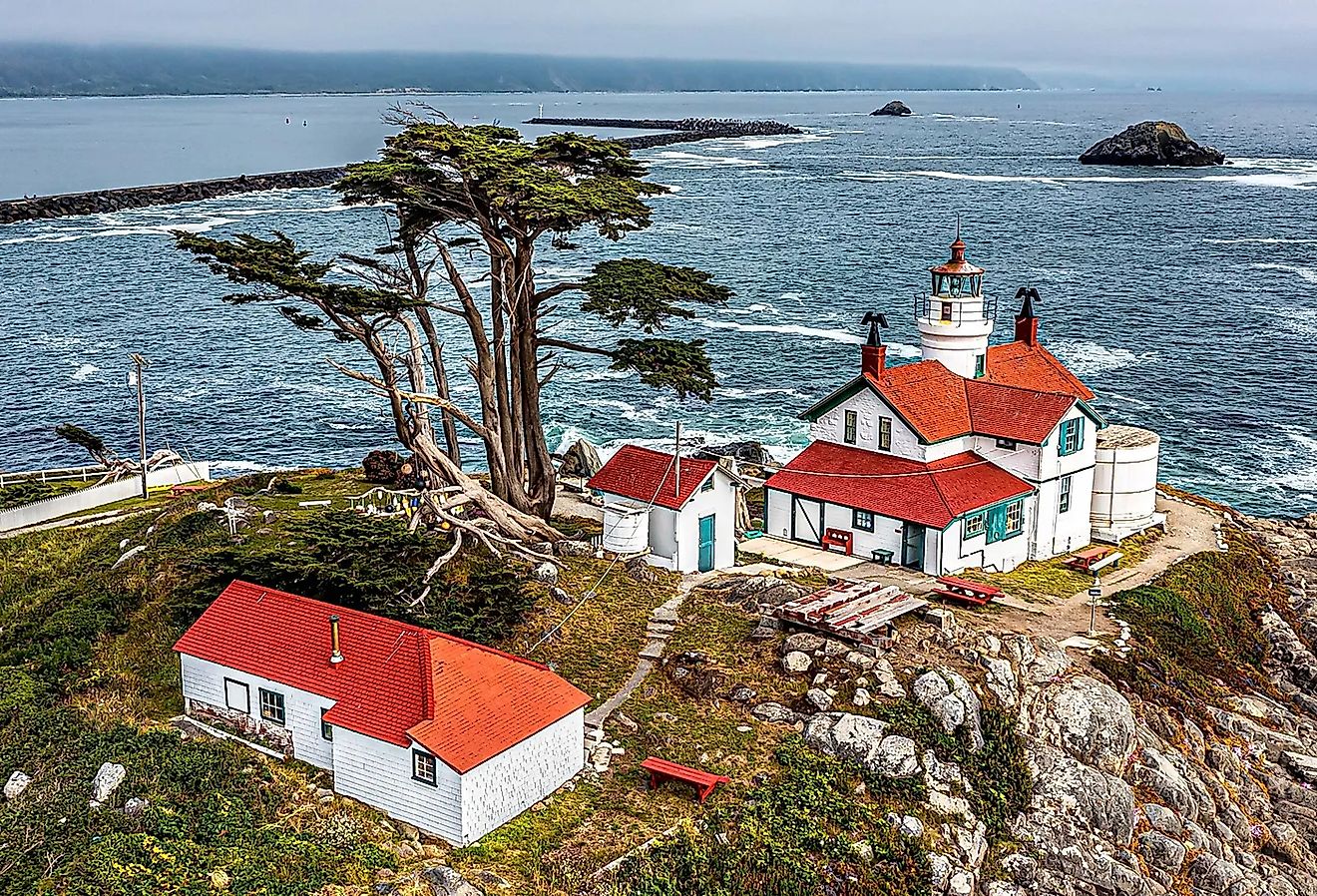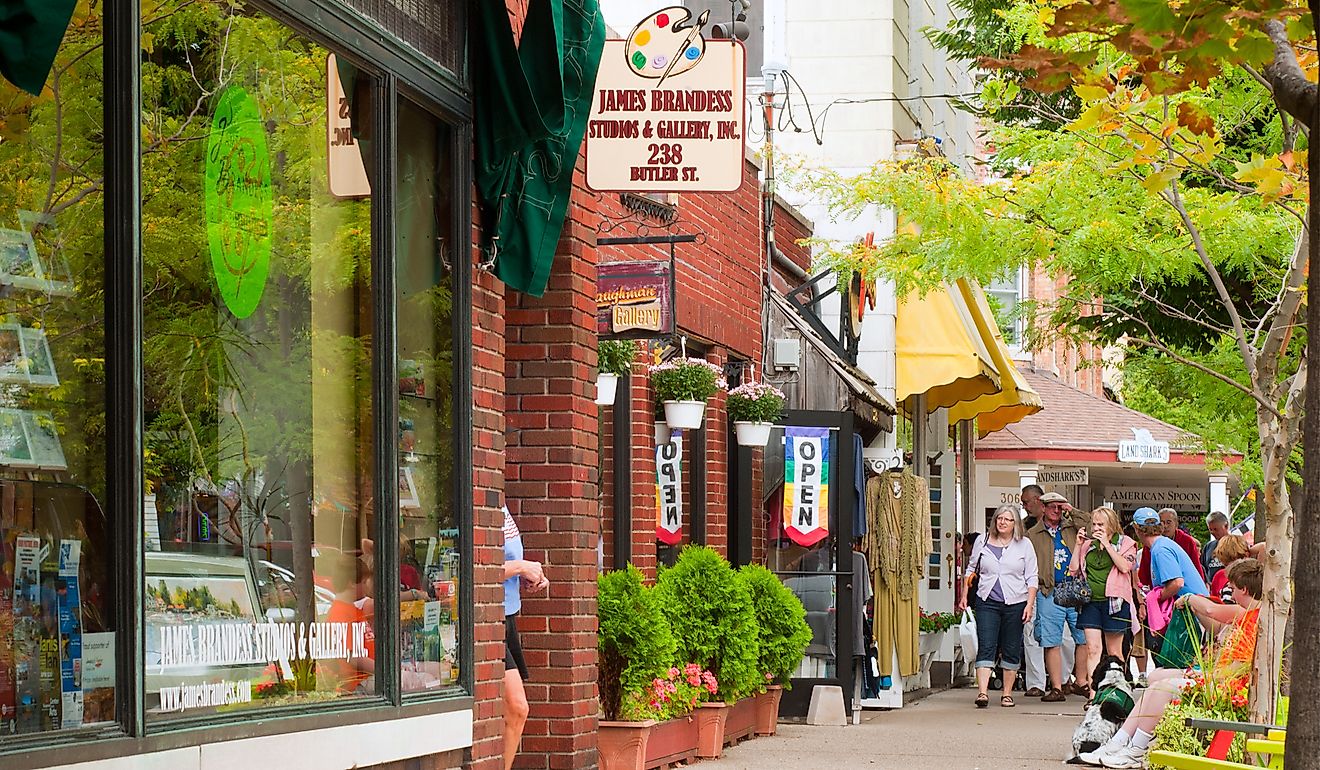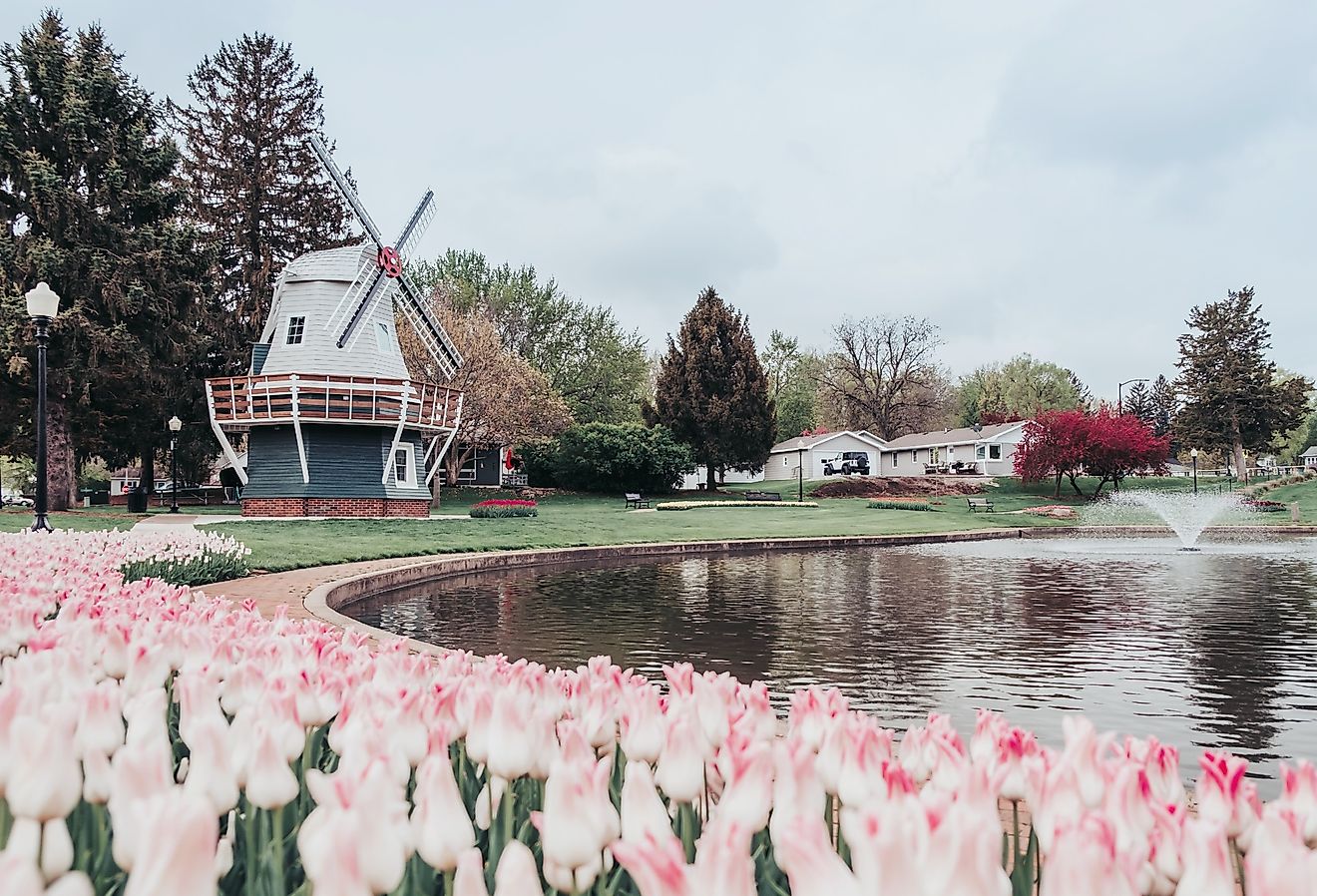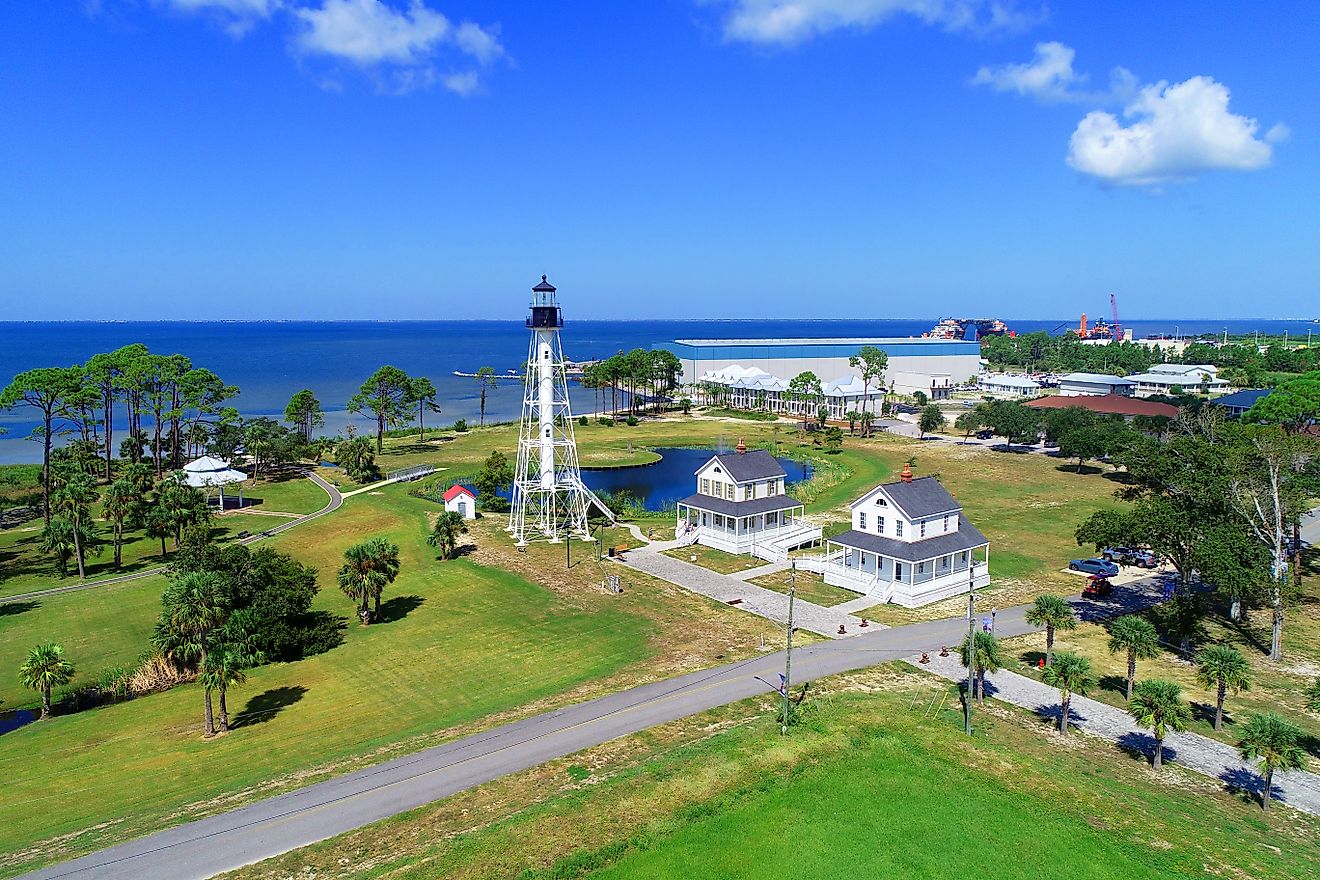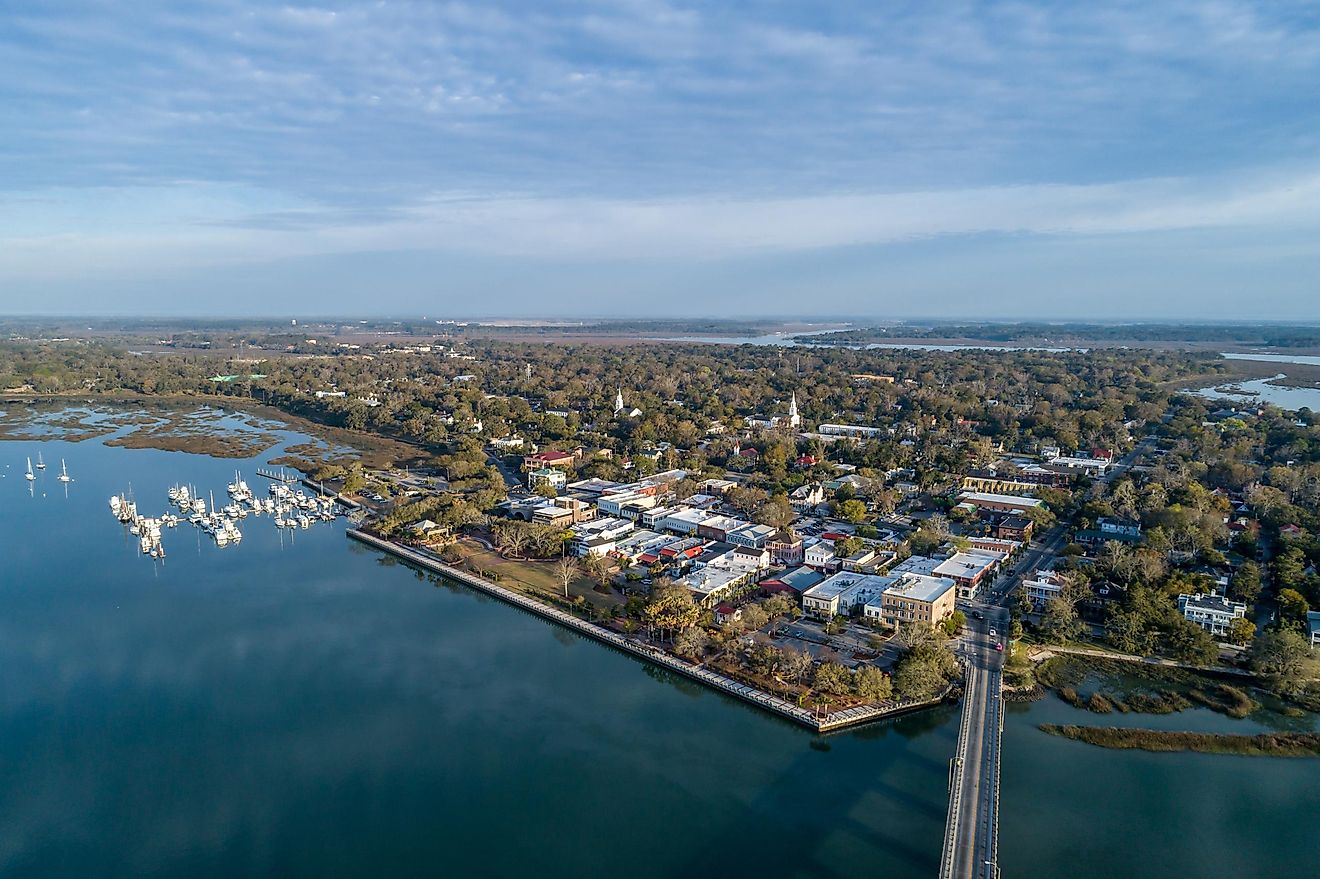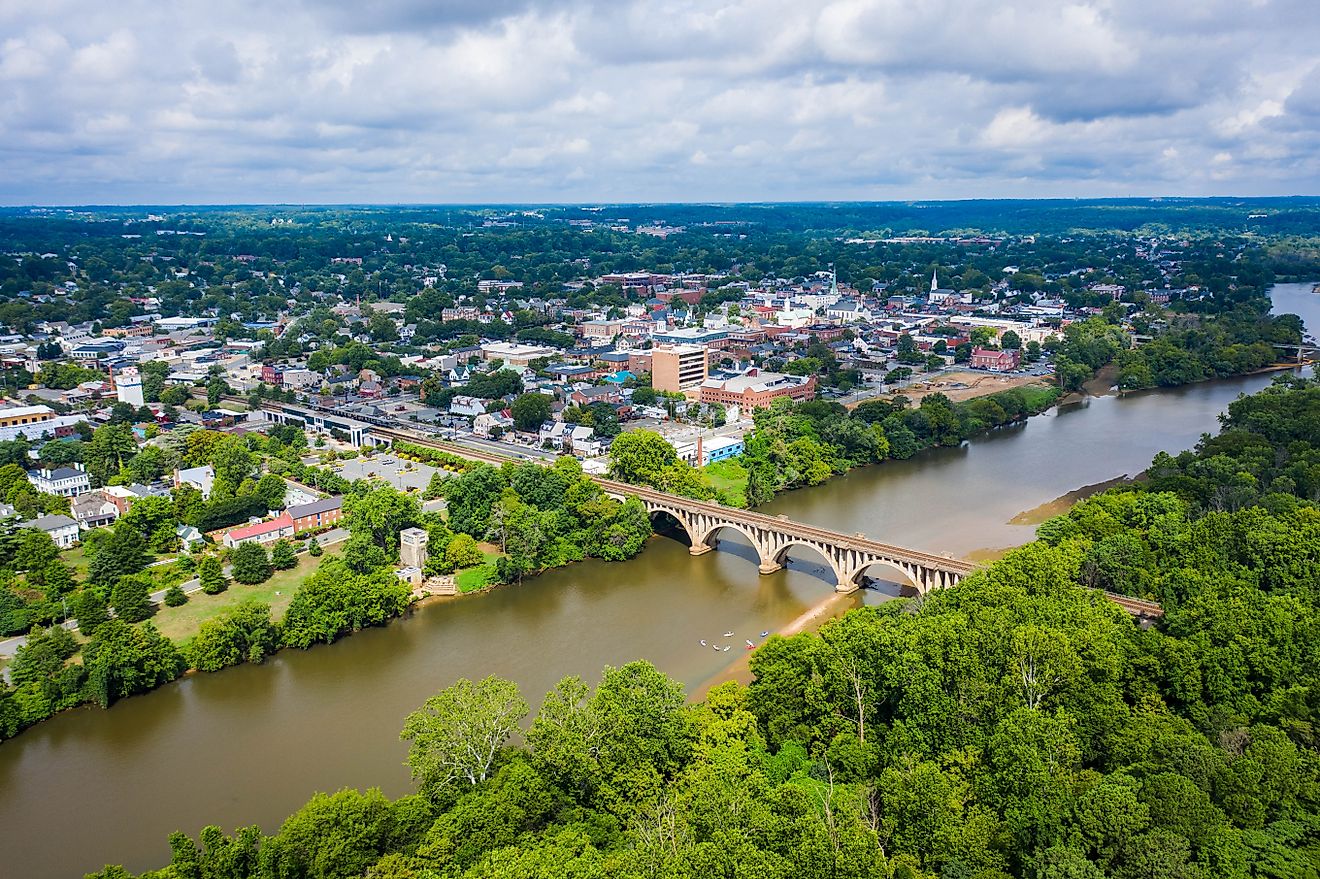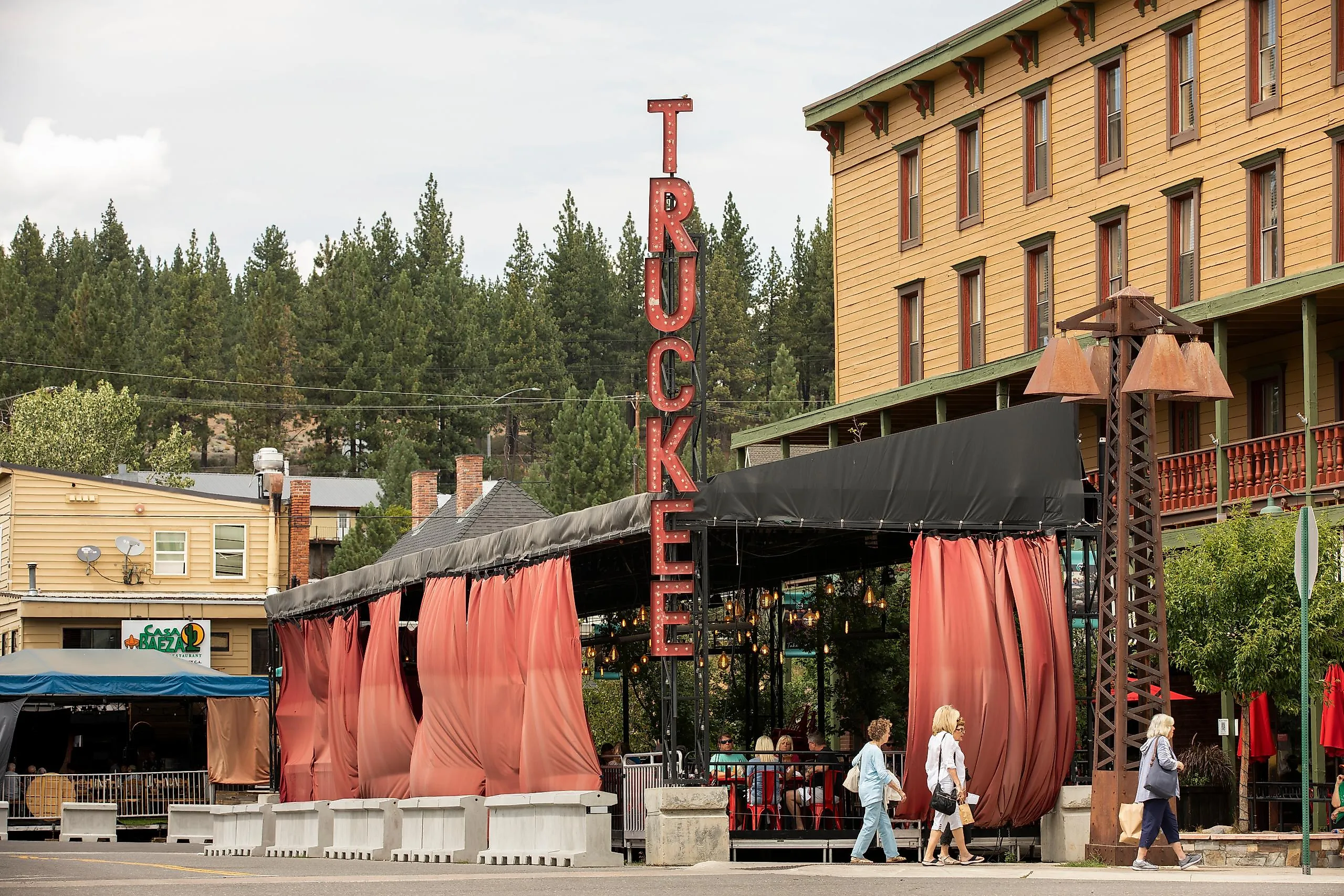
7 Picture-Perfect Towns in California's Sierra Nevada
California's Sierra Nevada mountains hold diverse meanings for diverse people. The name itself, from the Spanish colonial period and which translates to "snow-covered mountains," marks the second-longest continuous and unified mountain chain in the United States (after the Rockies) and forms a "western backbone" across parts of central California and neighboring Nevada. The beauty of the region comes as much from their physical power as the ways modern visitors can enjoy them. From skiing and hiking, to artistic approaches like painting and writing, the Sierra Nevada have provided all kinds of inspiration. As these towns show, Sierra Nevadan beauty might just be one of the best parts of the American West.
Chester
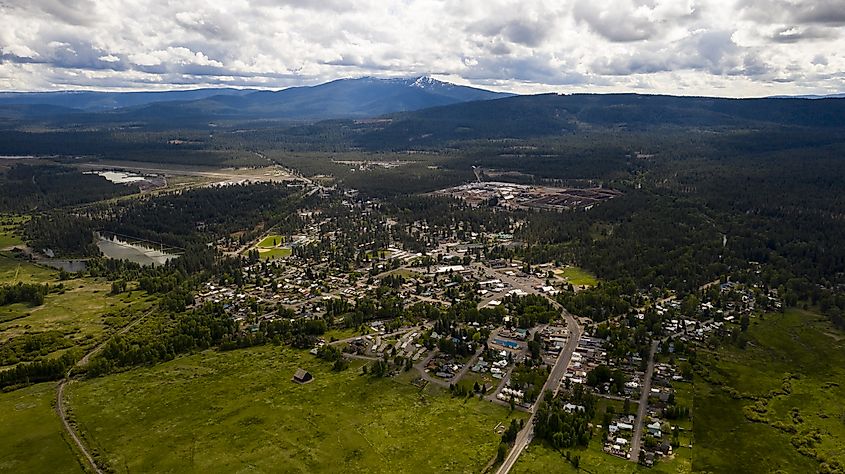
With about 2,300 people, the north-Sierra town of Chester marks for many the way in, or the way out, of their mountain adventure. Once called Big Meadows, the town sustains itself on lumber production and as a base for nature-based tourism, with the latter bringing everyone from park-baggers to Boy Scouts. Lassen Volcanic National Park, the historic Drakesbad Guest Ranch, and Lake Almanor are perennial favorites. Camp Fleischmann, a property of a local Boy Scouts of America chapter, welcomes youngsters every year.
For a look at the past, the Chester-Lake Almanor Museum in town offers a slice of local history and art. The nearby Chester Park offers green space and the chance to stroll by the creek that feeds into Lake Almanor.
Truckee
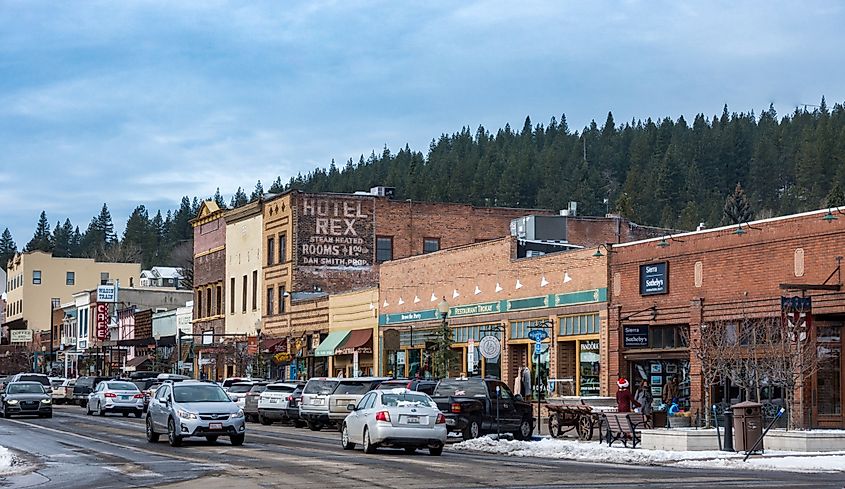
South of Chester, the high-elevation town of Truckee, population 16,900, lies close to the outdoor mecca of Lake Tahoe. Truckee used to go by the name Gray's Station, which is what it went by during the town's most infamous moment: the demise of Donner Party. A group (or party) of pioneers, led by the Donner family, became trapped in the mountains in the winter of 1846-1847; only about half of the 87 members survived, and some resorted to cannibalism. A monument remembers the Donner ordeal in Donner Memorial State Park, south of town.
More recently, Truckee has become a center of skiing and snowboarding, with numerous inhabitants living here to train and compete. The Tahoe Donner Downhill Ski Resort is open to pros and amateurs alike. Donner Lake provides access to beautiful waterside areas, including the popular China Cove Beach.
Sonora
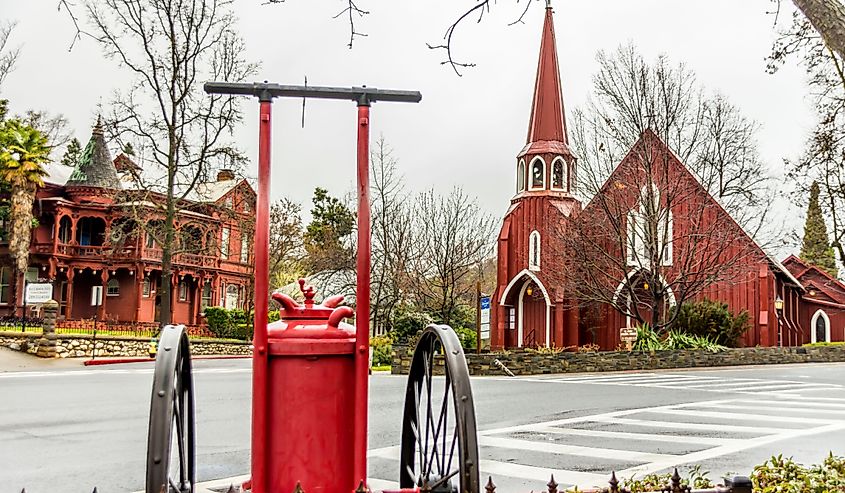
Sonora, population 5,000, takes its name from the Mexican town from where miners came to strike gold as a part of the California Gold Rush of 1842. The town later became a community for European Jews escaping persecution and violence in during the second half of the 19th century. Sonora's history lives on in its historical buildings, like the City Hotel, finished in 1852, or the Sonora Inn from 1896, built in the Spanish-looking Mission Revival style.
More modern, and beautiful, attractions include the Tuolumne County Museum, set in a former jail, as well as the nearby Railtown 1897 State Historic Park, and Yosemite National Park, the world-famous natural space an hour's drive east of Sonora.
Mariposa
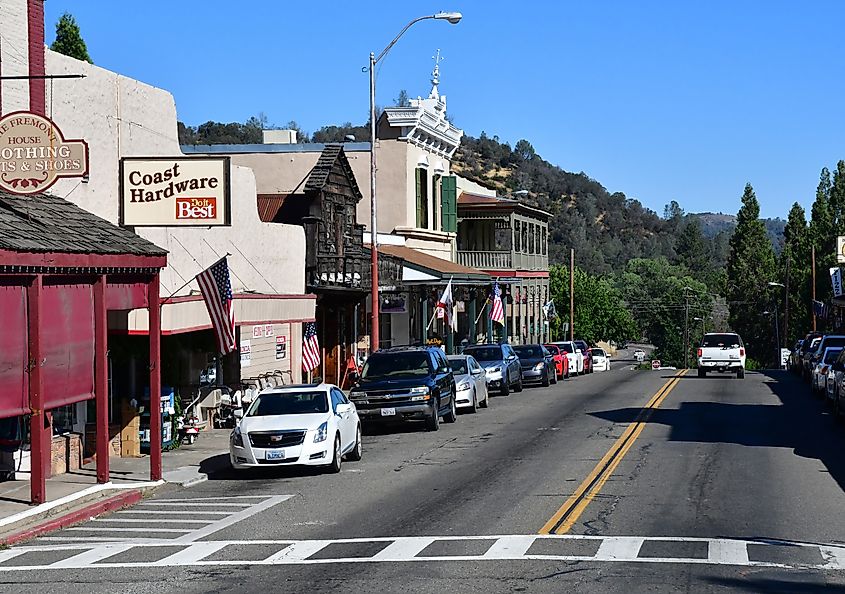
Like a "butterfly" from its original Spanish name, this town, at a petite 1,300 inhabitants, floats along with its times. The town took root not far from a mining camp along the seasonal Agua Fría creek ("cold water"), then continued its development through the 19th century. World War II pilots trained at the airfield in town, built from scratch for that purpose; authorities later converted the space into what became the Mariposa-Yosemite Airport. Mariposa Park is a family-friendly outdoors space downtown.
More Colonial-revival architecture stands in town today, notably Mariposa County High School, built in 1914. Past, famous Mariposa residents include John Fremont, the explorer and statesmen who helped found California as a US state, and Frederick Law Olmsted, who pioneered landscape architecture and designed Central Park in New York City, among numerous other American green spaces.
Coarsegold
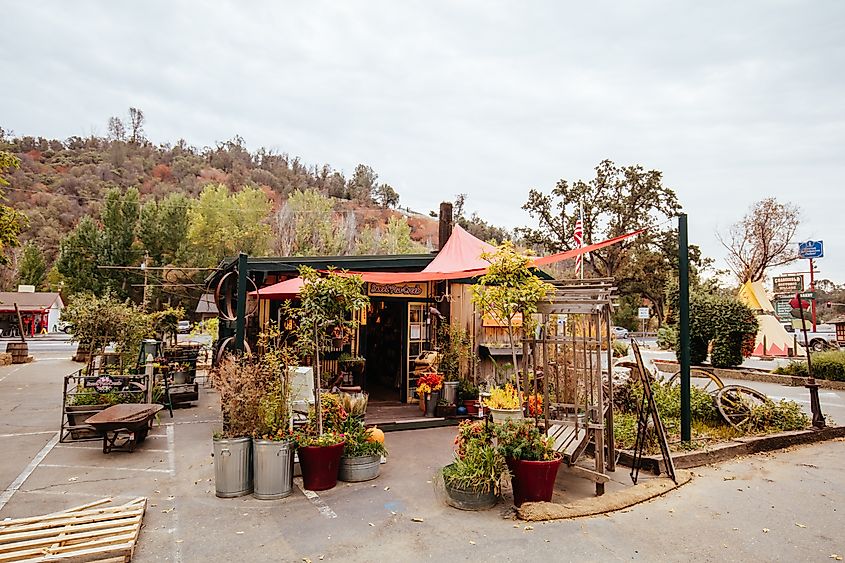
It is (almost) all in the name: Coarsegold, population 4,800, is a small but fast-developing town, and its history traces its way to the California Gold Rush. Previously called Gold Gulch, Coarse Gold Gulch, and Texas Flat, after the provenance of its first successful gold-seekers, the mountain-ringed town these days gets traffic from travelers to Yosemite National Park to the north and the city of Fresno to the south. Its contemporary culture is defined in large part by the Picayune Rancheria of Chukchansi Indians, a tribe with US federal recognition, whose headquarters operate in town. Coarsegold offers classes in the Chukchansi language for students of all ages.
The town's natural offerings have an unusual distinction: every autumn brings mating season for local tarantulas, the giant spiders native to the area. The Coarsegold Tarantula Festival is held every October, and features spider races and a "hairiest legs" competition for the creatures (not for the townspeople). For fresh air or just a break from tarantulas, Bass Lake and the Sierra National Forest both lie just east of town.
Independence
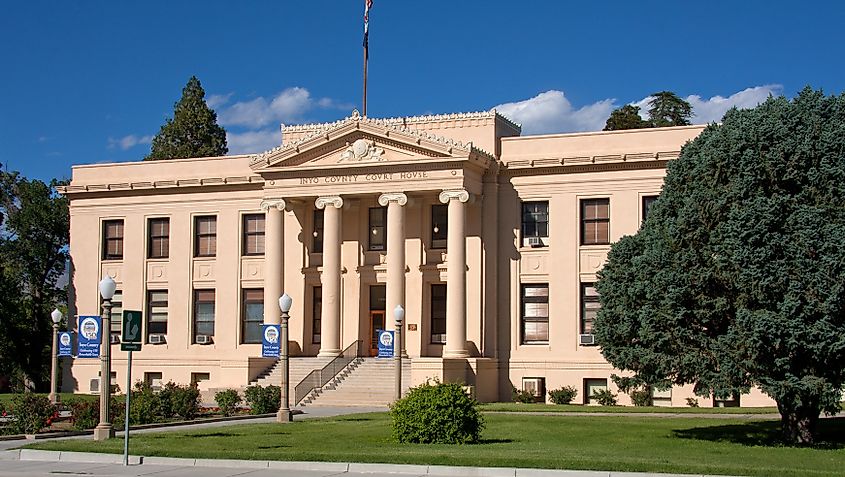
Independence, home to a mere 800 people, is one of the Sierra Nevada's smaller towns. Yet its historic runs deep. Founded from the site of a trading post built in 1861 by one Charles Putnam, the town, formerly called Putnam's and later called Little Pine, now features a historic marker at Putnam's Cabin, part of the California Historic Landmark series, and sits across from the Inyo County Courthouse. The town hosted Camp Independence, a US Army site, around the same time, built there to protect settlers. The old fort site now hosts the Fort Independence Community of Paiute Indians, another federally recognized tribe.
The town offers much else for the history buff: the Eastern California Museum is located downtown and devoted to the region's past. The early-20th-century writer Mary Hunter Austin, who used to live here, has her former home preserved and open to visit, also downtown. For some fun outdoors and in, head to the Mt. Williamson Motel and Basecamp south of town, not far from the mountain of the same name; or try your luck at the Winnedumah Winns Casino. Its slot machines are advertised as "trucker-friendly."
Lake Isabella
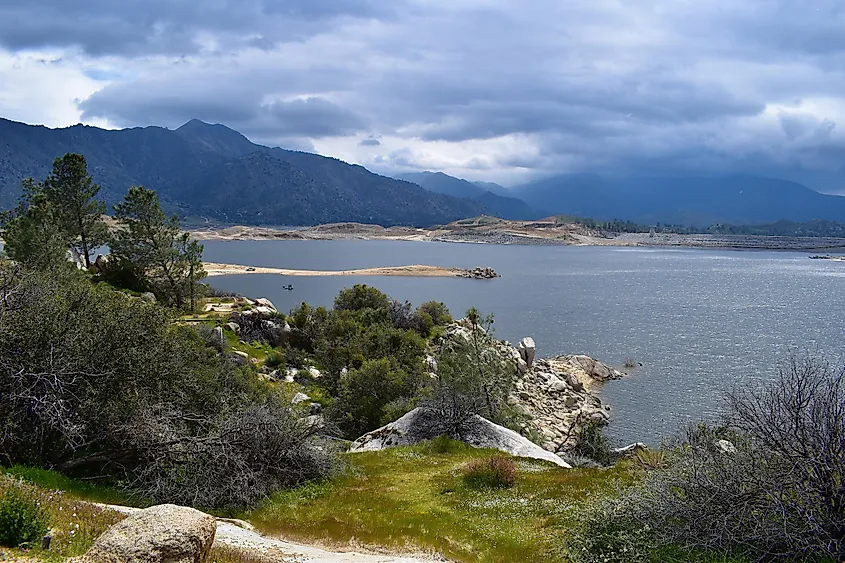
Formed around the lake in its name, Lake Isabella town, population 3,600, sits east of Bakersfield, toward the Sierra Nevada's southern end. Initially named "Isabella," after the historic queen of Spain, the town was actually founded by the American Steven Barton in 1893, who chose the term in line with a vogue of the time that stemmed from the Columbian Exposition, held in Chicago the same year. The town's name intended to honor the 400th annversary of the discoveries of Christopher Columbus, beginning in 1492.
The town's natural features have come into focus much more recently. The damming of the nearby Kern River forced the town of Isabella to relocate higher; when it did, it assumed the new name of Lake Isabella. The lake of course remains today, and offers camping and boating options galore. For great views and even higher ground, hike Piute Peak or Breckenridge Mountain, both south of town.
The Sierra Nevada: A Range of California History and Beauty
As these towns suggest, the Sierra Nevada boasts a rich diversity of histories, cultures, and natural points of interest. From Native American tribes to pioneers, refugees, gold-seekers, and modern explorers, the region has a great deal to offer the first-time or experienced visitor. The once-rugged frontier has since developed to include quaint towns and stunning national parks. And culturally, museums from Sonora to Independence will educate future tourists about the region's dramatic past. Whatever a traveler's tastes, the Sierra Nevada is sure to provide it among picture-perfect surroundings.
